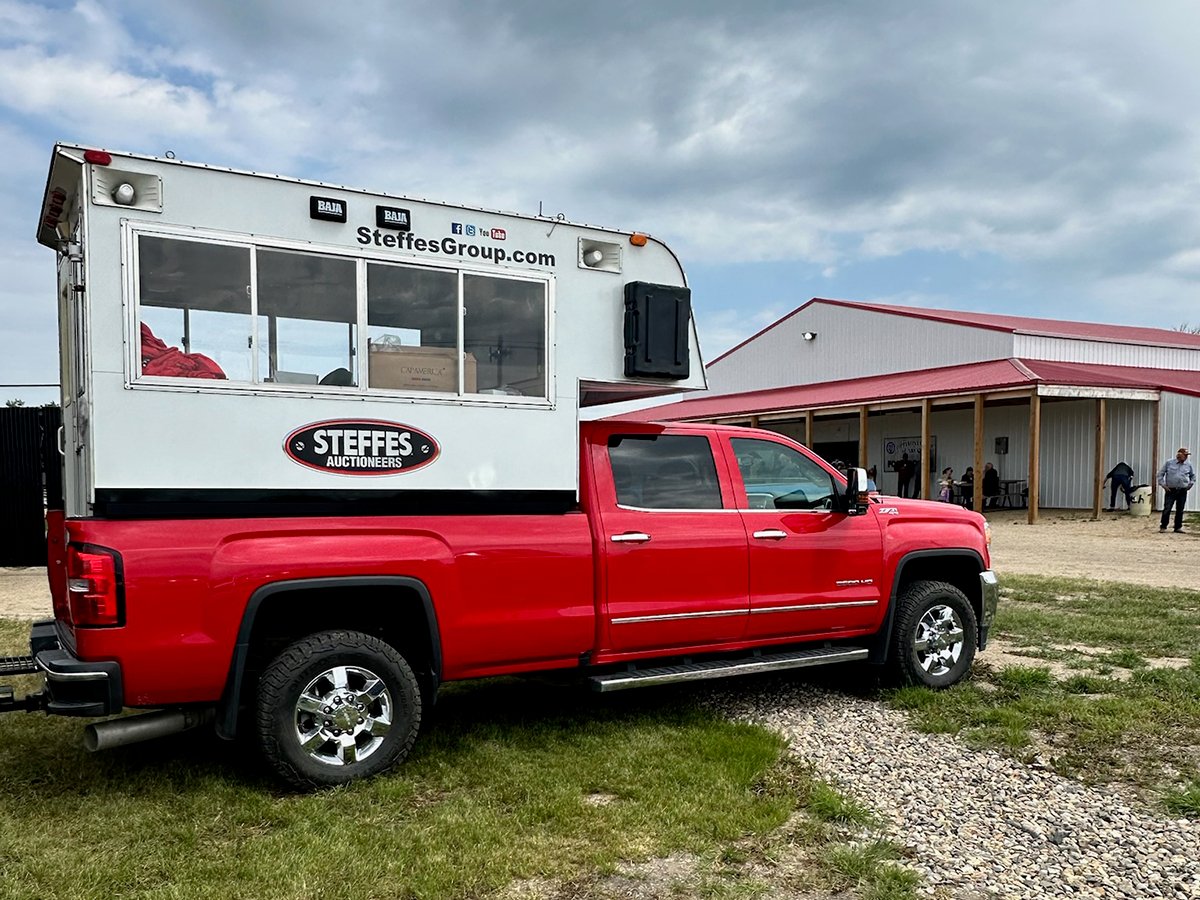Q: I received a subpoena to appear in court as a witness. Do I have to show up? What can I expect in court? For example, do the lawyers wear wigs?
A: Only if they’re going bald. First, let’s talk about the justice system in general and then answer your question about the subpoena.
Our legal system is divided into provincial and federal levels of court. All are represented by the symbol of a blindfolded woman bearing scales and a sword.
Read Also

Farm auctions evolve with the times
Times have changed. The number of live, on-farm auctions is seeing a drastic decline in recent years. Today’s younger farmers may actually never experience going to one.
Known as Justitia or Lady Justice, this woman personifies the virtues of our justice system. The blindfold shows us that she is impartial and that it does not matter who comes before her – all are treated fairly.
The scales demonstrate that justice will weigh and balance the competing interests of people coming before the courts.
The sword demonstrates the ability to enforce the rulings of the court. These are the traits that characterize the Anglo-Canadian system of justice.
Most citizens come into contact with the provincial court, which is a level of court with provincially appointed judges. This level of court deals primarily with criminal matters. All persons charged with offences first come into provincial court to enter their plea, even if their trials are in a higher court. As well, provincial judges deal with small claims suits, which are civil matters with a particular monetary limit.
Each province has a “court of superior jurisdiction.” This is a federally governed court, and the judges are federal appointees. It is the highest trial court in each province. For example, Manitoba, Saskatchewan and Alberta each have the Court of Queen’s Bench, which deals with more serious criminal charges as well as a wide array of civil proceedings, such as divorce, foreclosure, injunctions and commercial disputes. It is a trial court.
Wigs are no longer worn in Canada, but we still wear the formal court robes developed in England hundreds of years ago. Lawyers wear these in all courts of superior jurisdiction, and above.
Each province also has a Court of Appeal. People dissatisfied with a lower court’s decision can appeal to the provincial court of appeal, which is the highest court in each province.
Issues of law must be the basis of such an appeal. These judges are also federal appointees.
The Supreme Court of Canada is the highest in the land. One can appeal from a province’s court of appeal to the supreme court but only if that court grants “leave” or permission. The appeal must be on an issue of law and must be of national importance for leave to appeal to be granted. Few appeals actually make it to a full hearing in front of the supreme court.
There is also the Federal Court and Federal Court of Appeal, which have specialized jurisdiction. They deal with appeals against federal bodies, such as the parole board and immigration appeal board. They also deal with specific subjects, such as admiralty law and patents. It is not common to proceed there, as compared with the other courts.
Your subpoena is to either a provincial court or Court of Queen’s Bench. In either case your duty is the same. It is an order of that court, requiring your attendance. You do not have to be directly involved but may be a witness with information bearing upon a case. If you fail to appear, you can be arrested and held until the trial is resumed. The subpoena may tell you to bring certain documents with you, which you must do if so ordered.
The subpoena usually tells you who the lawyer or law firm is that subpoenaed you. It is perfectly permissible to call that lawyer to find out what is going on and what is expected of you.
Rick Danyliuk is a practising lawyer in Saskatoon with McDougall Gauley LLP. He also has experience in teaching and writing about legal issues. His columns are intended as general advice only. Individuals are encouraged to seek other opinions and/or personal counsel when dealing with legal matters.














